In this episode of our Starter Kit series, a primer on the powers of the President, both constitutional and extra-constitutional. What can a president do? How long do a president’s actions reverberate? Why don’t we do treaties anymore?
Also, a super-inefficient mnemonic device to remember the 15 executive departments in the order of their creation.
This short episode includes a one-page Graphic Organizer for students to take notes on while listening, as well as discussion questions on the back side.
The President’s Roles and Responsibilities: Communicating with the President
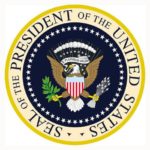
In order to become informed participants in a democracy, students must learn about the women and men who make decisions concerning their lives, their country, and the world. The president of the United States is one such leader. As a nation, we place no greater responsibility on any one individual than we do on the president. Through several activites, students learn about the roles and responsibilities of the U.S. president and their own roles as citizens of a democracy.
govinfo.gov
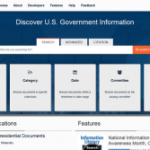
govinfo.gov offers a way to discover and access Government information from the three branches of the U.S. Government. Search or browse more than 50 collections of legislative, executive, and judicial primary source content. Find: Congressional bills, hearings, or the Congressional Record; Executive orders, presidential speeches, and regulations in the Federal Register; Opinions from more than 100 U.S. courts, and more. Use govinfo.gov on any device for official, digital, and secure content.
Presidential Elections
The purpose of this lesson is to have students learn about each presidential election and presidential terms. Students will understand how various events in history shaped campaigns. Why elections were won and lost. What accomplishments and disappointments each president experienced. Each election and presidential term served had its own mark on history. The presentation to the class is the order of the elections starting with Washington’s first election and proceeding forward. The lesson plan was created to engage students in the election process and create interest in the coming presidential election.
Constituting America’s 90 Day Study of The Intrigue of Presidential Elections and Their Constitutional Impact is a resource guide for students. This study supplies many of the important facts and figures of each presidential campaign. There are also intriguing facts, stories, and information about the person, campaign, time in office and after the presidency.
Presidents Day Lesson Plans & Resources
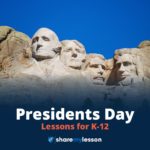
Presidents Day was originally established in 1885 as “Washington’s Birthday” to celebrate President George Washington’s birthday on February 22. In 1971, the federal government renamed the holiday Presidents Day in order to honor all U.S. presidents, past and present. Share My Lesson has curated a collection of free lesson plans, educational resources and classroom materials on the accomplishments of U.S. presidents, first ladies, and the role and responsibilities of the president in government and in a democracy.
Korematsu and Civil Liberties
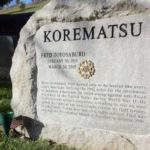
This documentary explores the landmark case Korematsu v. U.S. (1944) concerning the constitutionality of presidential executive order 9066 during World War II that gave the U.S. military the power to ban thousands of American citizens of Japanese ancestry from areas considered important to national security. A PDF lesson plan accompanies this video.
A Conversation on the Importance of the Japanese Internment Cases
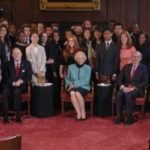
Justices Stephen G. Breyer, Sandra Day O’Connor and Anthony M. Kennedy discuss two landmark cases, Korematsu v. U.S. and Hirabayashi v. U.S., in which the Supreme Court tried to strike a balance between individual rights and national security during wartime. The cases stem from President Franklin Roosevelt’s 1942 executive order that mandated the relocation of Japanese and Japanese Americans to internment camps. This video complements the documentary Korematsu and Civil Liberties.
Japanese American Internment
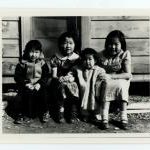
On February 19, 1942, President Franklin D. Roosevelt issued Executive Order 9066, which gave the military broad powers to ban any citizen from a coastal area stretching from Washington state to California and extending inland into southern Arizona. For the next four years, more than 120,000 persons of Japanese ancestry—77,000 of them American citizens—were removed from this area and incarcerated indefinitely without criminal charges or trial. Forty-six years and eight presidents later, on August 10, 1988, President Ronald Reagan signed the Civil Liberties Act of 1988 into law.